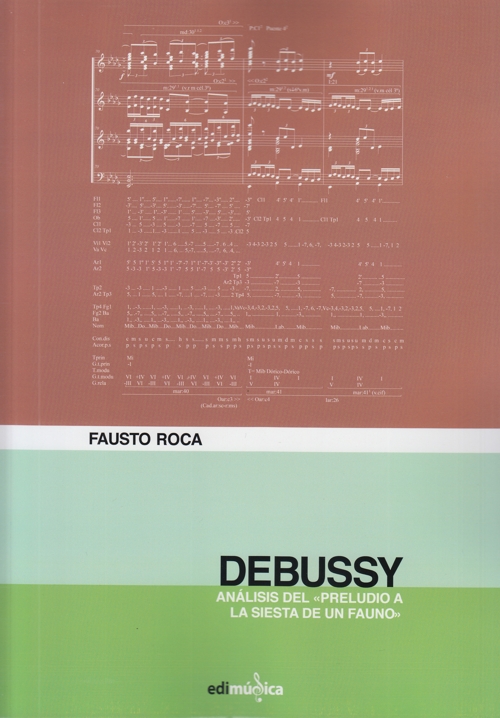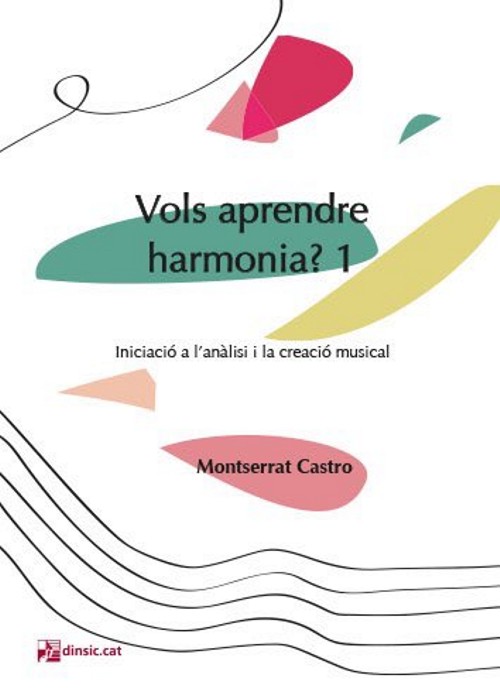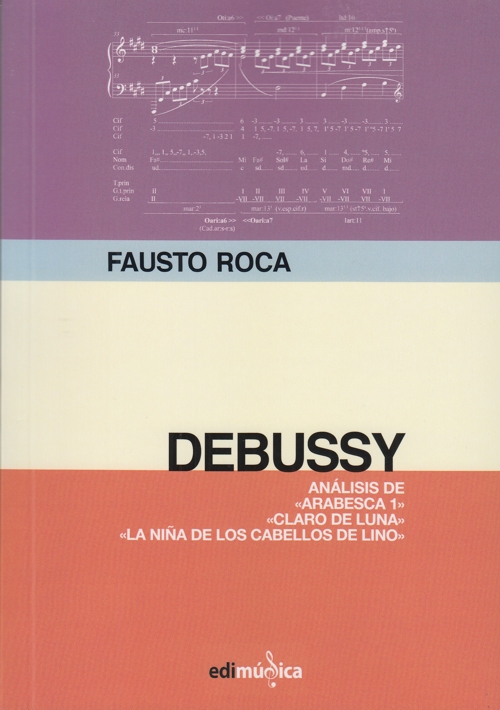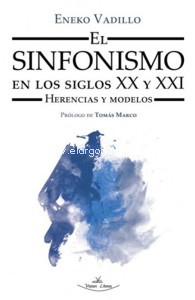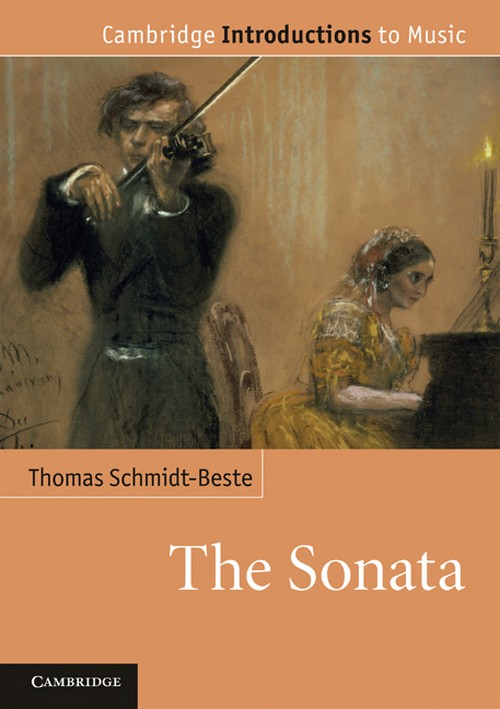
The Sonata
Schmidt-Beste, Thomas
Cambridge University Press. 2011Ficha técnica
- EAN: 9780521756310
- ISBN: 978-0-521-75631-0
- Editorial: Cambridge University Press
- Fecha de edición: 2011
- Encuadernación: Rústica
- Dimensiones: 17,4x24,7
- Idioma: Inglés
- Nº páginas: 280
Impresión bajo demanda
Disponibilidad sujeta a la información del editorPVP. 33,30€
Añadir a la Lista de deseos
What is a sonata? Literally translated, it simply means 'instrumental piece'. It is the epitome of instrumental music, and is certainly the oldest and most enduring form of 'pure' and independent instrumental composition, beginning around 1600 and lasting to the present day. Schmidt-Beste analyses key aspects of the genre including form, scoring and its social context - who composed, played and listened to sonatas? In giving a comprehensive overview of all forms of music which were called 'sonatas' at some point in musical history, this book is more about change than about consistency - an ensemble sonata by Gabrieli appears to share little with a Beethoven sonata, or a trio sonata by Corelli with one of Boulez's piano sonatas, apart from the generic designation. However, common features do emerge, and the look across the centuries - never before addressed in a single-volume survey - opens up new and significant perspectives.
CONTENIDO:
Part I. Definitions: 1. Sonata and canzona
2. Sonata and sinfonia
3. Sonata and concerto
4. Sonata and suite/partita
5. The sonata and free instrumental genres: toccata - ricercar - capriccio - fantasia
Part II. Form: 6. The 'free' sonata in the seventeenth century
7. Corelli and his legacy
8. Sonata cycles and 'sonata form' after 1750
9. Beethoven's sonatas - consummating or transcending Classical form?
10. The cycle
11. The sonata after Beethoven
12. Sonata composition in the twentieth century
Part III. Functions and Aesthetics: 13. Locations and occasions
14. Target groups: professionals, connoisseurs and amateurs
15. Learned style
16. Virtuosity
17. Sonata form as an aesthetic paradigm
18. Absolute music? On meaning and programmaticism
Part IV. Scoring and Texture: 19. Developments in the seventeenth and eighteenth centuries
20. The paradigm shift of c.1750
21. The age of the piano sonata
22. Piano and others
23. The sonata for unaccompanied solo instrument
24. The organ sonata
Bibliography


